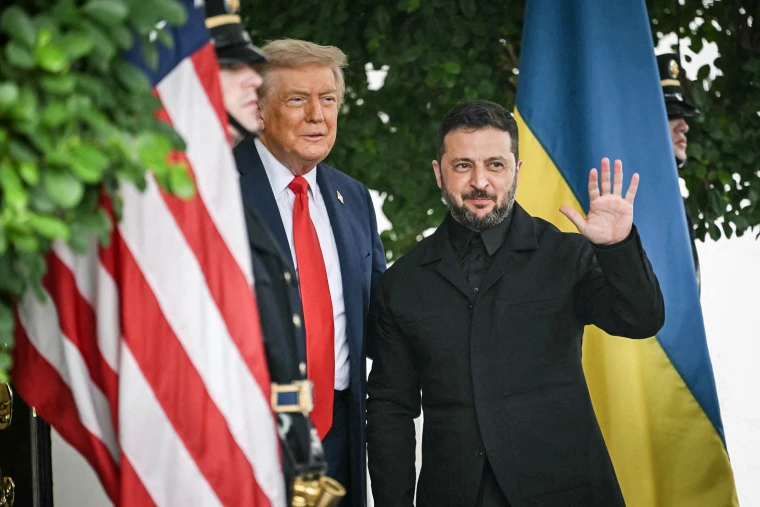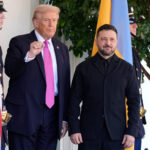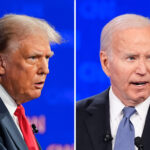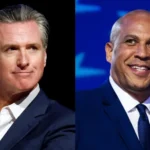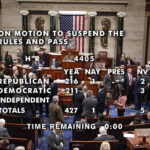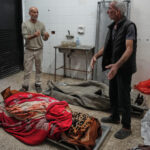Trump, Zelenskyy Eye Trilateral Summit With Putin at White House Talks/ Newslooks/ WASHINGTON/ J. Mansour/ Morning Edition/ President Zelenskyy and President Trump expressed support for a potential three-way meeting with Vladimir Putin to help end the Russia-Ukraine war. European leaders joined the White House talks to push for peace and security guarantees for Ukraine. Tensions remain over Trump’s suggestions of territorial concessions and lack of ceasefire prerequisites.
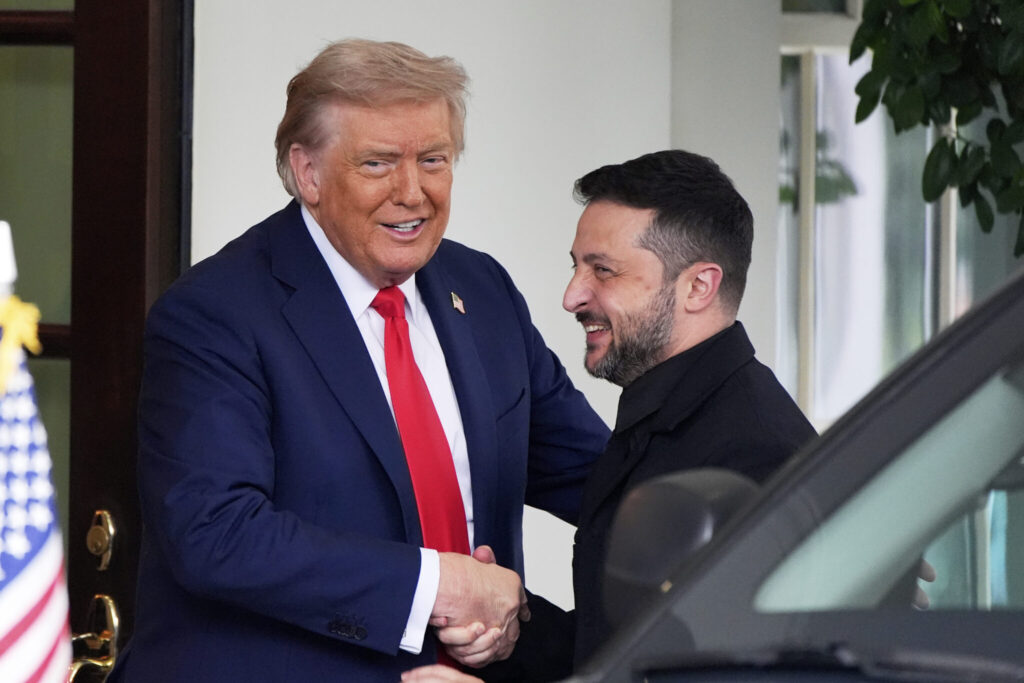
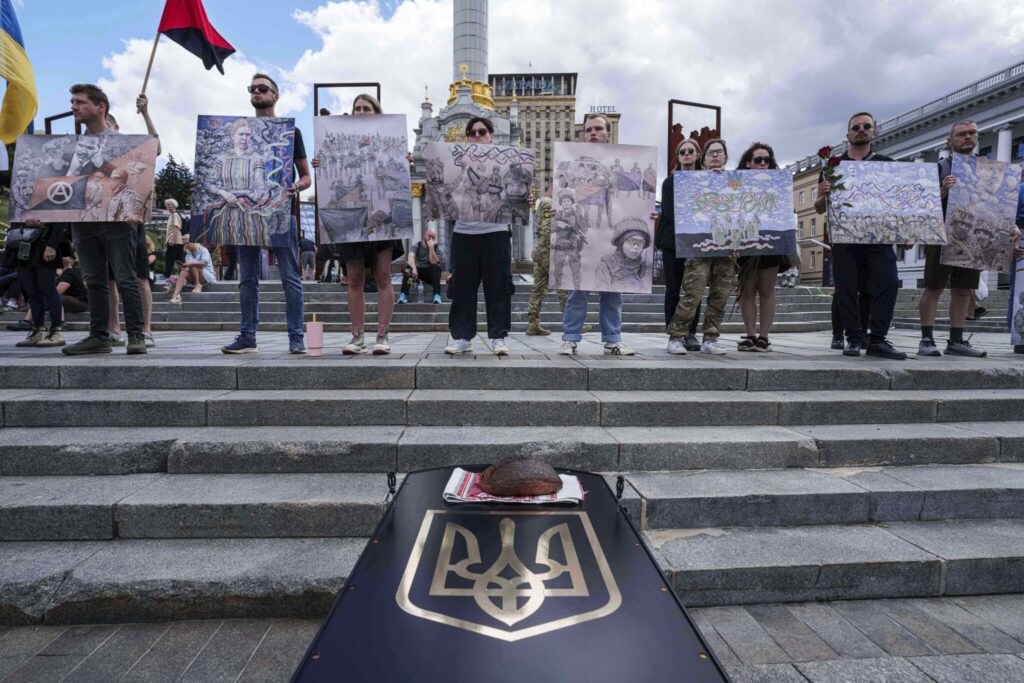
Ukraine Trilateral Talks Quick Looks
- Trump, Zelenskyy support possible trilateral summit with Putin.
- European leaders joined for rare unified White House diplomacy.
- Trump pressures Ukraine to concede Crimea and halt NATO ambitions.
- Zelenskyy reiterates Ukraine’s constitutional ban on giving up territory.
- European allies push for NATO-style guarantees without formal membership.
- Russia demands full control of Donbas, despite Ukraine’s hold on parts.
- No ceasefire required for negotiations, Trump tells allies.
- Russia continues deadly drone and missile attacks on Ukrainian cities.
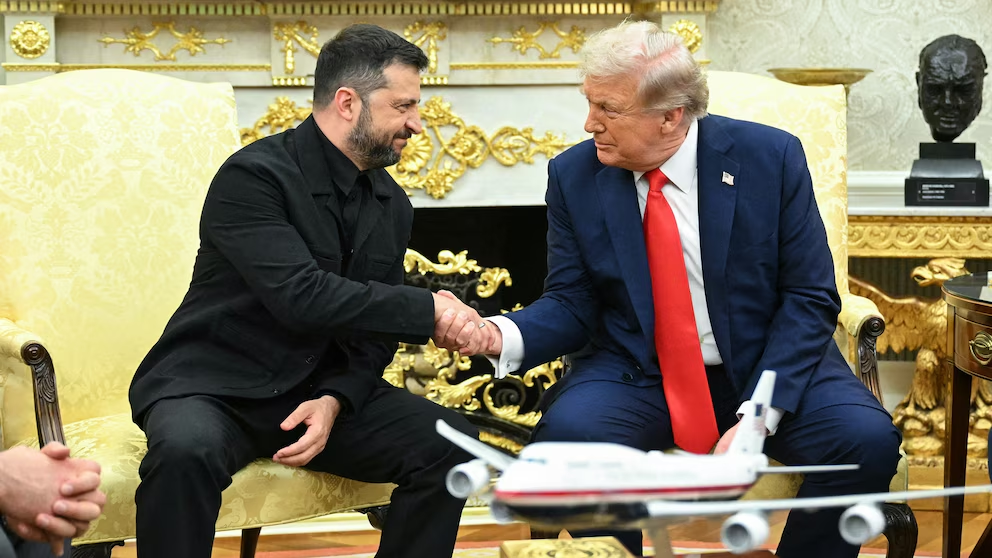
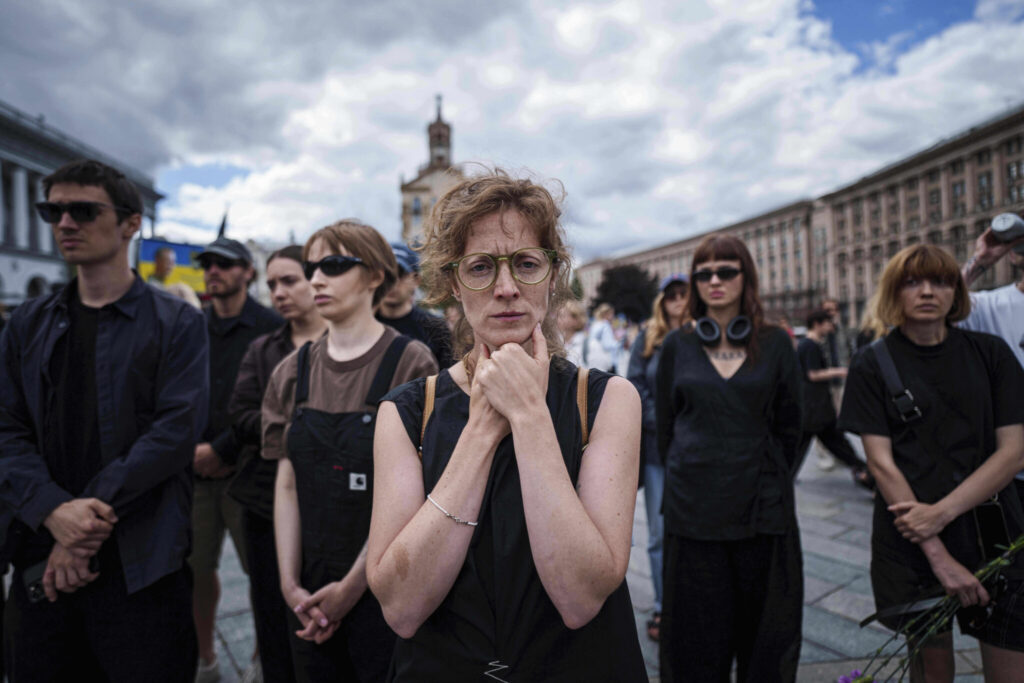
Deep Look: Trump, Zelenskyy Eye Trilateral Summit With Putin Amid White House Talks
WASHINGTON — August 18, 2025
In a pivotal moment in global diplomacy, President Volodymyr Zelenskyy and President Donald Trump both expressed openness Monday to a potential trilateral meeting with Russian President Vladimir Putin. The goal: bring the devastating Russia-Ukraine war to an end through direct engagement.
“If everything works out today, we’ll have a trilat,” Trump told reporters during a packed day of diplomacy at the White House. Zelenskyy echoed the sentiment, calling the idea of such a summit “a good signal.”
The proposed meeting would mark a dramatic shift in wartime diplomacy, potentially bringing together the key decision-makers at the heart of the conflict.
White House Talks Follow Trump-Putin Summit
Monday’s White House meetings were quickly assembled following Trump’s private summit with Putin in Alaska last Friday. That earlier meeting excluded Ukraine and European allies — a decision that raised alarms across NATO and the European Union.
Now, Trump is pressuring Ukraine to accept territorial compromises to achieve peace. Over the weekend, he wrote on social media that Zelenskyy could “end the war almost immediately” by recognizing Russia’s hold over Crimea and renouncing NATO ambitions.
“Some things never change,” Trump posted, referring to the 2014 annexation of Crimea and warning that a prolonged fight would bring diminishing returns for Ukraine.
Zelenskyy pushed back diplomatically, stating on X: “Peace must be lasting. Not like the last time when Putin used it as a springboard for another attack.” He emphasized that only sustained international pressure can halt Russian aggression.
European Leaders Unite in Rare Show of Solidarity
European leaders arrived at the White House with a clear mission: ensure Ukraine’s interests remain central and prevent unilateral deals. Among them were European Commission President Ursula von der Leyen, UK Prime Minister Keir Starmer, French President Emmanuel Macron, German Chancellor Friedrich Merz, Italian Premier Giorgia Meloni, Finnish President Alexander Stubb, and NATO Secretary-General Mark Rutte.
Their goal was to secure binding security guarantees for Ukraine, ideally resembling NATO’s Article 5 — without provoking Russia by formalizing Ukraine’s NATO membership.
“We have to explore all options to guarantee peace, justice, and security,” Meloni said ahead of the talks.
The meetings also tested the strength of U.S. alliances. European nations had accepted Trump’s recent tariff hikes in exchange for his support on Ukraine, hoping the U.S. would remain committed to their shared security goals.
Trump’s Shift: No Ceasefire Needed
Following his Alaska summit, Trump declared that a ceasefire was not a prerequisite for peace talks — a significant departure from the long-held Western stance. That position aligns with Putin’s view and raised eyebrows among diplomats.
Despite this shift, Trump’s team, including special envoy Steve Witkoff, is reportedly considering a defense pact where the U.S. and its allies would commit to defending Ukraine if attacked again — a compromise solution if NATO membership remains off the table.
European officials confirmed Trump shared that Putin still demands full control of Donbas — a region where Ukrainian forces still control meaningful territory. Zelenskyy, for his part, has maintained that such demands are unconstitutional and would leave Ukraine vulnerable to future invasions.
An unnamed official close to the talks told reporters the White House meeting would be “very tough” for Zelenskyy, who must balance rejecting Russian demands without being blamed for blocking peace.
Path Forward: Seeking a Three-Way Meeting
Zelenskyy and his team are now working toward a future trilateral summit involving Trump and Putin, which could allow sensitive issues like territorial disputes and ceasefire terms to be negotiated directly. The concept has drawn interest but remains uncertain in both timing and structure.
Meanwhile, Trump has continued to lash out at the media, accusing outlets like the Wall Street Journal of mischaracterizing his approach to the Russia-Ukraine conflict.
“Even if Russia surrendered, the media would still call it a bad day for me,” Trump posted Monday.
Russia Escalates Strikes as Diplomacy Continues
While global leaders meet, Russia continues to hammer Ukraine. A drone strike in Kharkiv — Ukraine’s second-largest city — killed seven civilians on Sunday, including a child. Missiles also struck infrastructure in Odesa and the Sumy region, according to Ukrainian officials.
The Kremlin confirmed that Putin held follow-up talks Monday with the leaders of India, Brazil, South Africa, Belarus, and Central Asia to discuss the Alaska summit. These calls are part of Moscow’s effort to frame the conflict as a broader global issue, not just a European one.
Restoring U.S.-Ukraine Ties After February Clash
Zelenskyy has worked hard to repair strained ties with Trump following a contentious Oval Office meeting in February. A brief encounter at the Vatican in April helped soften tensions, and ongoing diplomatic engagement paved the way for Monday’s summit.
Both sides now appear committed to exploring direct diplomacy — even as disagreements remain on key issues like territory, security guarantees, and the structure of any ceasefire.
The next steps could define the future of not only Ukraine but the balance of power in Europe for decades to come.

